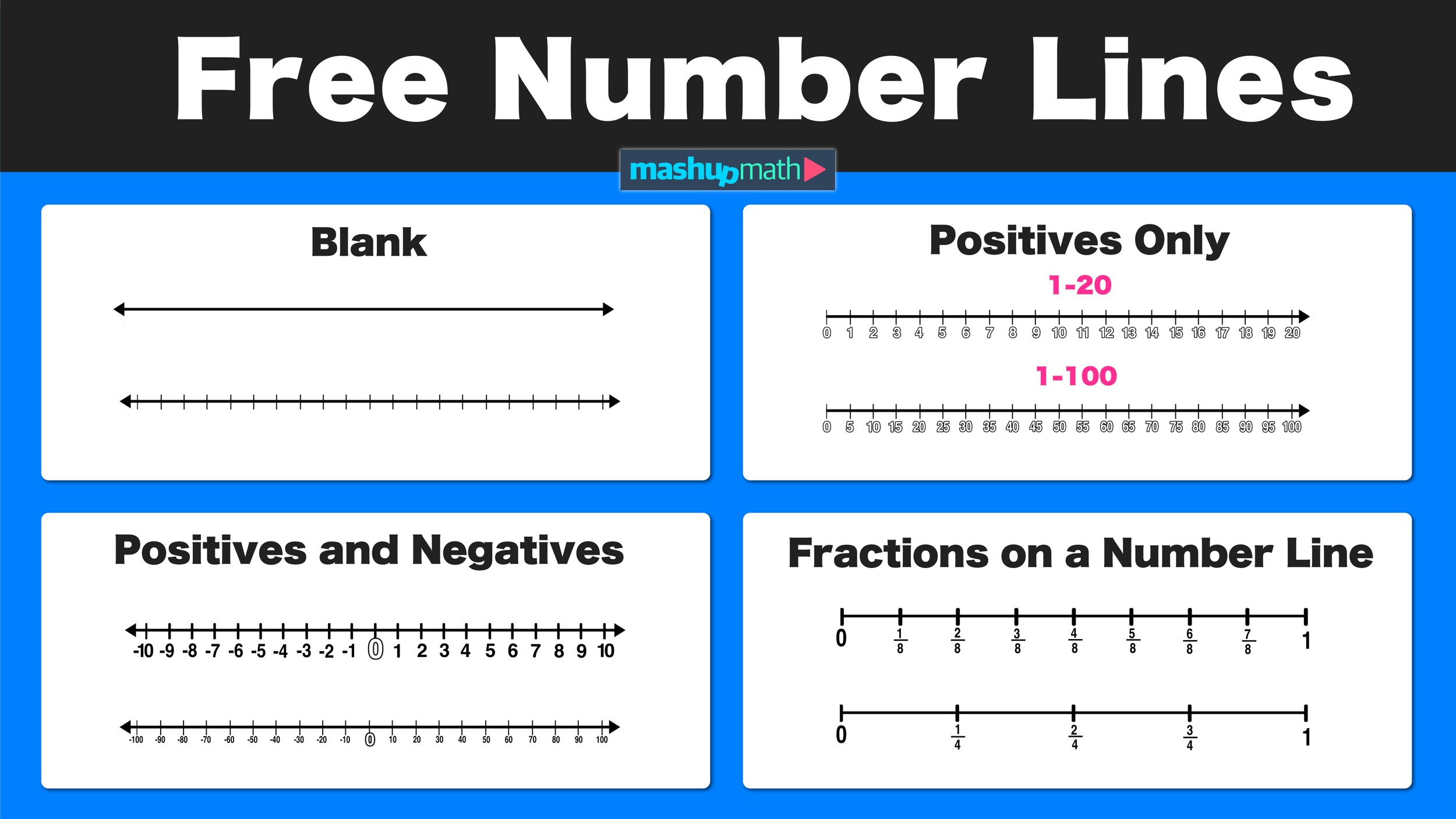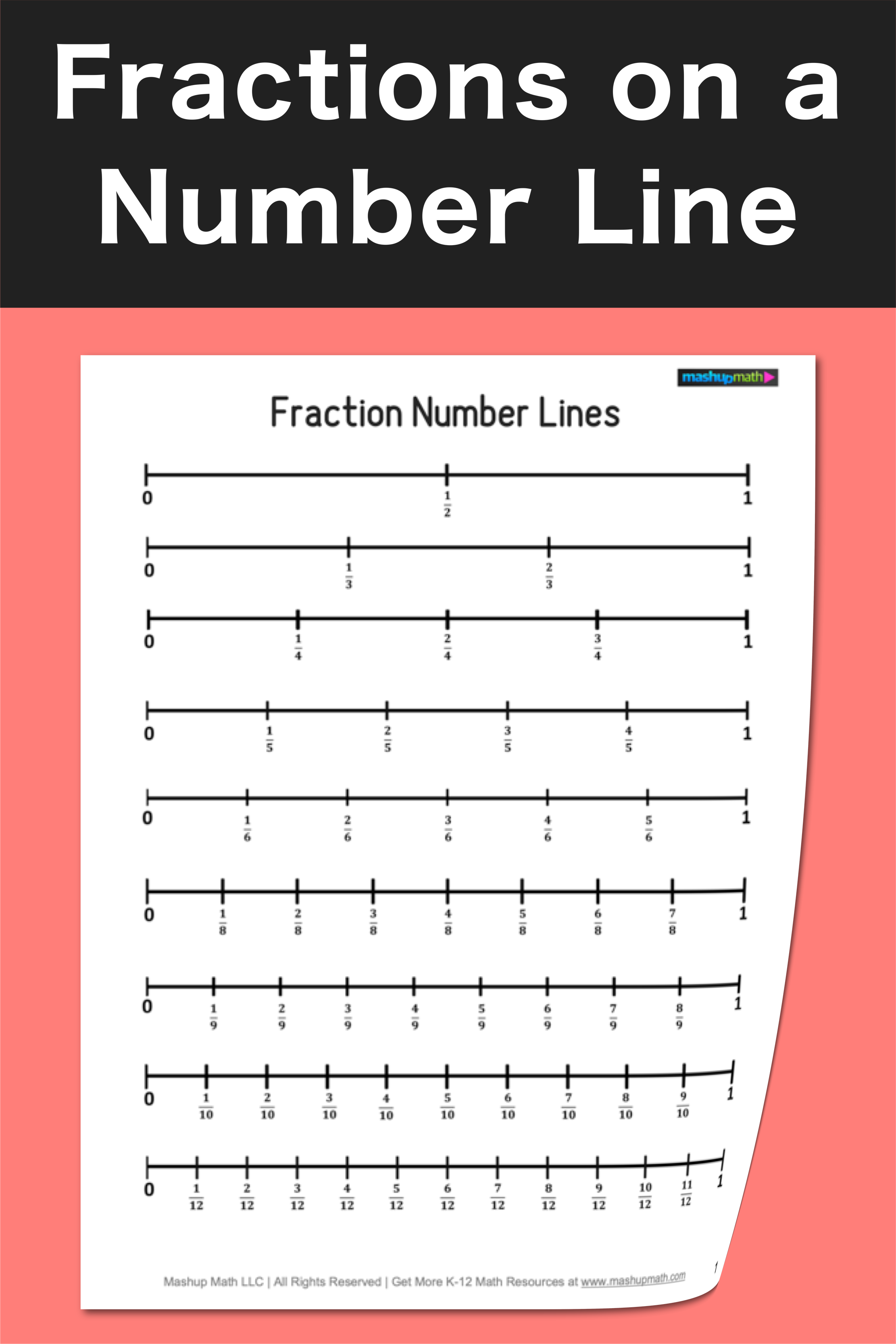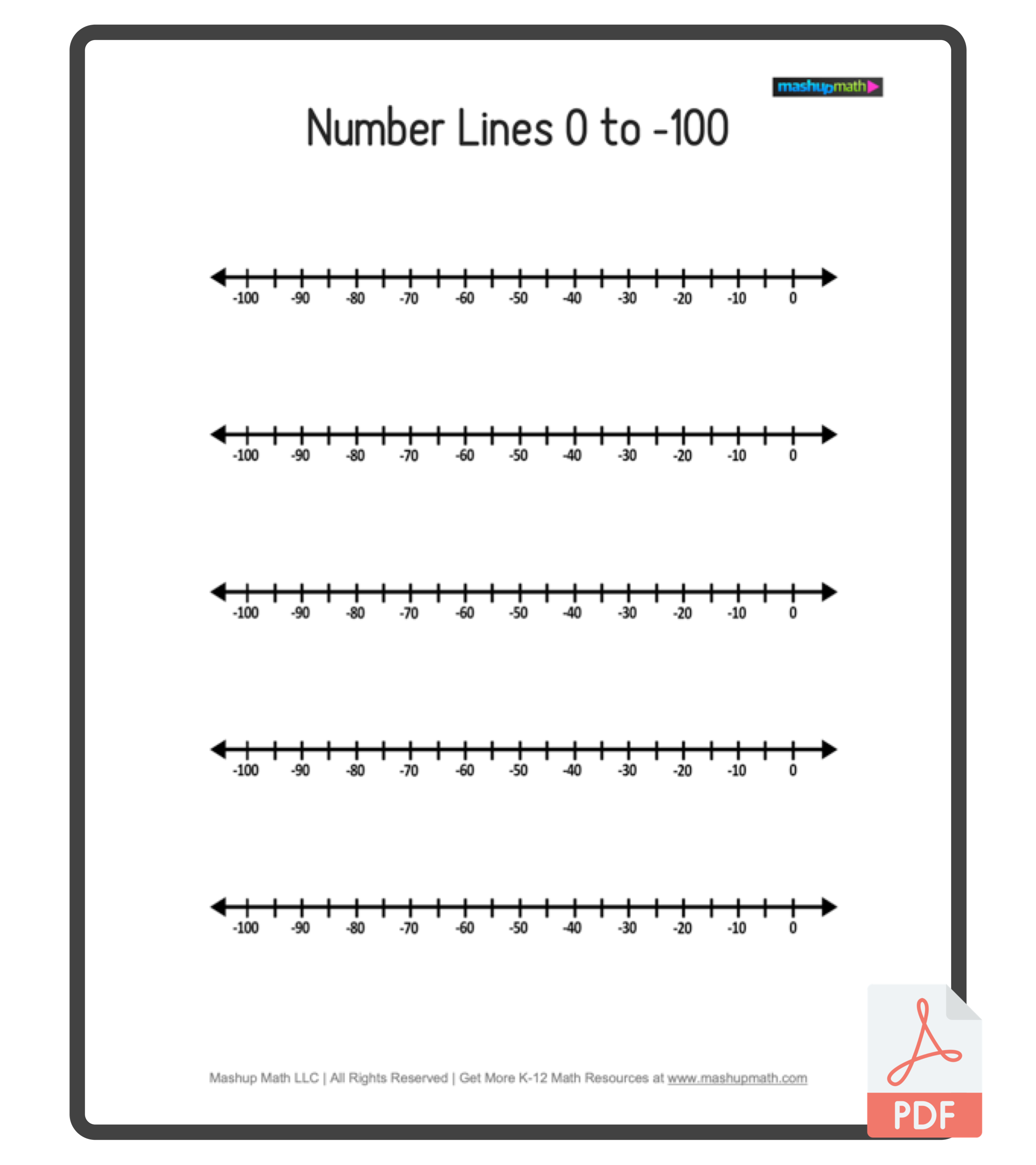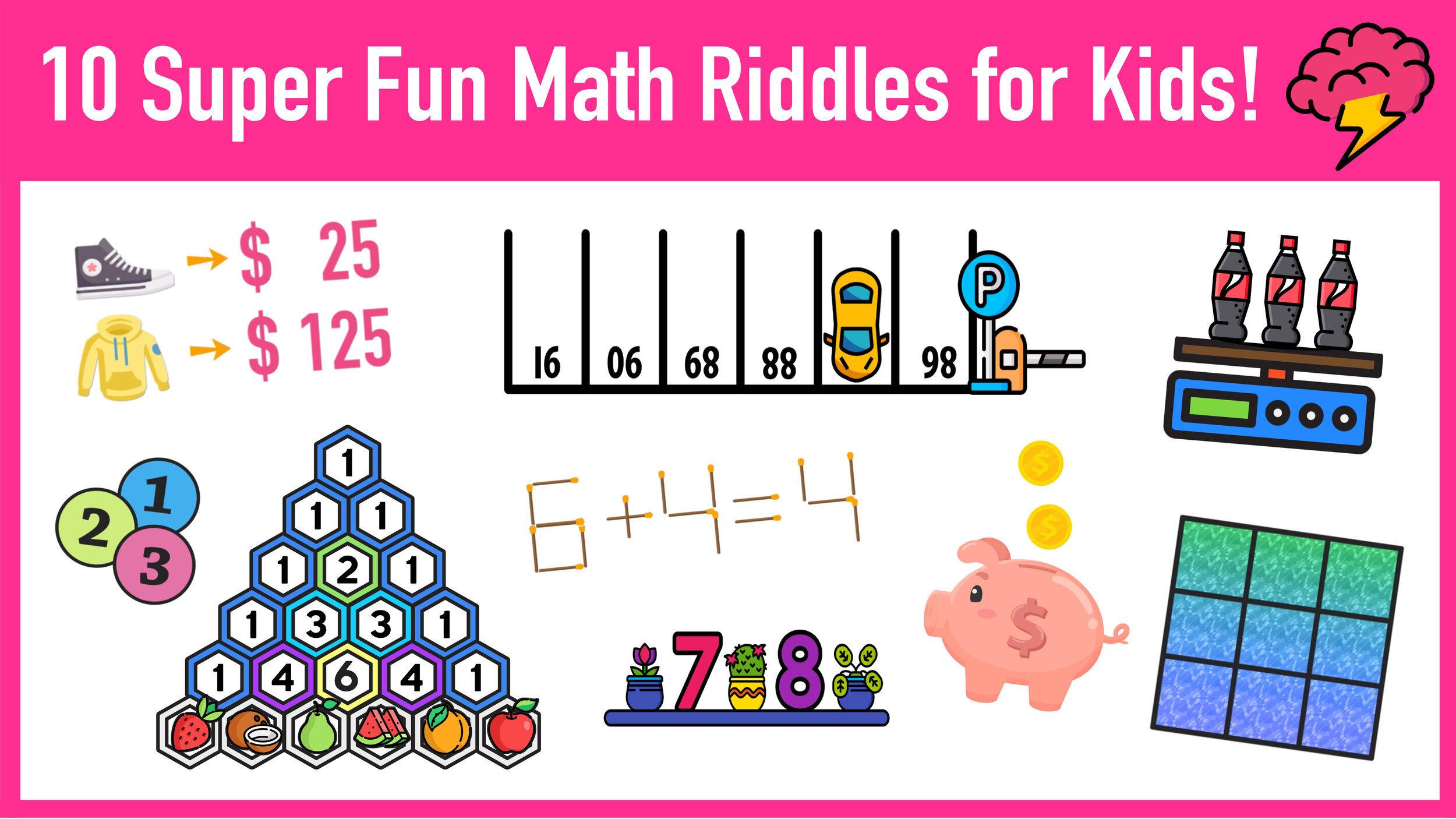Download Free Printable Number Lines for All Grade Levels
The number line is a visual tool where a straight line is used to place real numbers in order from smallest to largest as you move from left to right.
In math, number lines are incredibly useful tools for developing number sense, performing operations, and comparing numbers—including positive numbers, negative numbers, and fractions.
If you want to use number lines to help you practice and learn math, you can use the quick links below to download a free blank number line for a variety of grade levels and topics. Simply click on the link to jump to section you want. From there, you will be able to download a variety of number lines as printable PDF files.
Select and download the free blank number line that corresponds with whatever topic you are currently learning.
Preview: Fractions on a Number Line
Preview: Number Line to 100
What is a Number Line?
In math, a number line is a straight line on which numbers or values are marked at intervals that increase as you move from left to right.
If you imagined all of the numbers deciding to line up in a single file line from smallest to largest, then the result would be pretty close to what we call a number line in math. Number lines can be infinite, meaning that they never end (these types of number lines will have arrows on each side, meaning that they continue on forever and ever in both directions) or they can be finite, meaning that they only contain a certain range of numbers (these types of number lines are capped on each side and do not include arrows). Number lines with arrows do not have a starting point or an ending point (they continue on forever in both directions). Number lines without arrows have a starting point and ending point (they are a segment of an infinite number line).
Figure 01 below shows the difference between a number line with arrows and a number line without arrows. Note that both types of number lines will be featured in this guide, but number lines with arrows are much more common and will be featured more often.
Figure 01: What is the difference between a number line with arrows and a number line without arrows?
No matter what types of numbers you are dealing with, number lines can be an incredibly useful visual tool for understanding numbers, comparing numbers, and performing operations with numbers, whether they be positive numbers, negative numbers, fractions, or decimals.
Here a few examples of how number lines can be used to help students to learn math:
Number Lines Support Visual Learning: Math can often be an abstract subject and many students need to be able to visualize difficult concepts in order to understand them. When it comes to learning about numbers and operations, a number line is an awesome visual tool that allows students to see numbers in relation to each other, which makes comparing numbers and performing operations on them much easier.
Add and Subtract by Jumping: At the elementary level, number lines make adding and subtracting numbers a simple process. For example, if you wanted to add 4 to a number, you could simply place your finger on that number on a number line and then “jump” four spaces to the right. Whatever number you land on is your end result. Conversely, if you wanted to subtract 4 from a number, you would instead “jump” four spaces to the left. Figure 02 below shows an example of how students can use a number line to perform addition.
Easily Compare Numbers: When it comes to comparing numbers in terms of being greater than (>) or less than (<), the number line is the best tool you can use. To make comparisons, simply visualize the numbers in question on a number line. The number that is furthest to the left will always be the smaller number.
Operations with Negatives: Many students struggle with understanding how to work with negative numbers. Number lines that include negative and positive numbers help students develop a strong number sense of negative values and how they relate to their positive counterparts. In fact, many teachers choose to utilize the number line whenever they first present their students with the concept of negative numbers.
Fractions and Decimals: The number line is not just for integers. In fact, fractions, decimals, and even irrational numbers like π can all be expressed and explored using a number line, which is why it is such a useful and versatile tool for practicing, exploring, and learning mathematics at all grade levels.
Figure 02: How to use a number line to perform addition.
Now that you have a better understanding of how number lines work and how they can be used to help students with a variety of math concepts and topics, you can use the links below to download a variety of free number lines.
Blank Number Lines
Blank Number Lines
This reference sheet includes five number lines. The first version is completely blank and the second version includes notches where students can input their own numbers.
Preview: Blank Number Line
Preview: Blank Number Line with Notches
Positive Number Lines
Number Line to 10 (Number Line 1-10)
These simple number lines range from 0 to 10. Use the links below to download templates with or without arrows.
Preview: Number Line to 10 (w/ arrows)
Preview: Number Line to 10 (no arrows)
Number Line to 20 (Number Line 1-20)
There are two versions of the Number Line 1-20 below: one with arrows and one without.
Preview: Number Line to 20 (w/ arrows)
Preview: Number Line to 20 (no arrows)
Number Line to 100 (1-100)
This special number line to 100 displays the numbers 1-100 across five lines of number lines spanning one full page.
Preview: Number Line to 100
Negative Number Lines
Negative Number Line (0 to -10)
This negative number line spans from 0 to -10 and each notch represents one.
Preview: Negative Number Line to -10
Negative Number Line (0 to -20)
This next negative number line extends from 0 to -20.
Preview: Negative Number Line to -20
Negative Number Line (0 to -50)
This next negative number line extends from 0 to -50 and each notch represents five.
Preview: Negative Number Line to -50
Negative Number Line (0 to -100)
The final negative number line extends all the way to -100 and each notch represents five.
Preview: Negative Number Line to -100
Negative and Positive Number Line
Number Line Negative and Positive (-10 to 10)
This versatile negative and positive number line spans from -10 to 10. This is a great number line to use when you are first introducing the concept of negative numbers to students.
▶ Download Your Negative and Positive Number Line (-10 to 10) PDF
Preview: Negative and Positive Number Line (-10 to 10)
Number Line Negative and Positive (-20 to 20)
This next negative and positive number line spans from -20 to 20 and is a natural extension of the previous number line.
▶ Download Your Negative and Positive Number Line (-20 to 20) PDF
Preview: Negative and Positive Number Line (-20 to 20)
Number Line Negative and Positive (-50 to 50)
This negative and positive number line spans from -50 to 50 and each notch spans five.
▶ Download Your Negative and Positive Number Line (-50 to 50) PDF
Preview: Negative and Positive Number Line (-50 to 50)
Number Line with Negatives (-100 to 100)
The final negative and positive number line is the largest as it covers all of the numbers from -100 to 100.
▶ Download Your Negative and Positive Number Line (-100 to 100) PDF
Preview: Negative and Positive Number Line (-100 to 100)
Fractions on a Number Line
Fraction Number Line: Halves, Fourths, Eighths, and Twelfths
▶ Fractions on a Number Line: Halves PDF
▶ Fractions on a Number Line: Fourths PDF
Preview: Fractions on a Number Line (Fourths)
Preview: Fractions on a Number Line (Eighths)
Fraction Number Line: Thirds, Sixths, and Ninths, and Twelfths
▶ Fractions on a Number Line: Thirds PDF
▶ Fractions on a Number Line: Sixths PDF
Preview: Fractions on a Number Line (Sixths)
Preview: Fractions on a Number Line (Twelfths)
Fraction Number Line: Fifths and Tenths
Preview: Fractions on a Number Line (Fifths)
Preview: Fractions on a Number Line (Tenths)
Fractions on a Number Line Comparison
▶ Fractions on a Number Line: Fraction Comparison PDF
Looking to extend your understanding of fractions on a number line? Check out our Fraction Strips activity (hands-on and virtual)
▶ Learn More: Fraction Strips Activity
Preview: Fraction Number Lines Comparison
Preview: Fraction Strips Activity
Number Lines in the Real World
In math, number lines are useful visual tools to help students to understand how numbers are ordered and how they relate to each other as they increase as you move from left to right. But this awesome mathematical tool has applications far beyond the math classroom, as number lines commonly used in real-life situations. Here are a few interesting examples of how a number line can be used in real life:
Pain Scales. In medical settings, medical staff need to be able to assess a patient’s level of pain in order to diagnose the severity of their injury. This is why pain scales, which are essentially just number lines that range from zero to ten, are used to assess a patient’s level of discomfort (rather than relying only on verbal explanations of pain, which can be highly subjective). Instead, pain scales are used to standardize how medical staff assess patients. If a patient is in no pain at all, his or her position on the pain scale would be a 0, while a patient at a 10 on the pain scale would be in a maximum amount of pain. Using a number line, patients can more accurately communicate how much pain they are feeling simply by pointing to a number on the pain scale.
A pain scale is a number line that is used by medical professionals to assess a patient’s level of discomfort. (Image: Mashup Math FP)
Thermometers: Maybe the most well-known use of a number line is a thermometer, which is just a vertical number line where numbers increase as you move from the bottom to the top (rather than from left to right). As mercury moves through a thermometer, it’s stopping position on the number line will indicate the current temperature. So, whenever you read a thermometer, you are actually using a vertical number line to determine a temperature.
A thermometer is just a vertical number line. (Image: Mashup Math FP)
Timelines: If you have ever looked at a timeline of historical events, then you were looking at a number line. In the case of timelines, the numbers represent points in time (such as dates or years) and they represent the passage of time as you move from left to right. For example, if you were to look at a timeline that displays the evolution of the game of chess, you would see events like the invention of modern chess in the 15th Century, the date of the first international chess tournament, and the invention of artificial chess playing programs from left to right in chronological order.
This timeline of the Evolution of Chess is a number line displaying historical events in chronological order. (Image: Mashup Math)

















